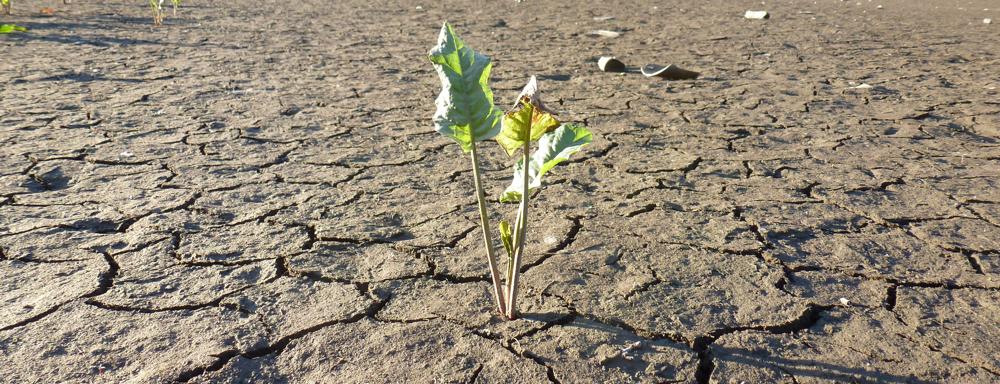
Globally, numerous lakes, reservoirs, and streams are subject to temporary drying. The emission of CO2 from these dry freshwater systems represent a so far overlooked process in the global carbon cycle. Recent research indicates that drying and rewetting of freshwater sediments creates hot spots of carbon mineralization and thus CO2 emissions. However, existing knowledge is scarce and mainly based on regional studies from e.g. U.S.A. or Spain, investigating specific systems (either lotic or lentic). Habitats with exposed sediments include ponds and ephemeral rivers as well as shallow sediments of lakes and the drawdown area of reservoirs with large water level fluctuations
dryflux is a global initiative of researchers with the aim of improving our understanding of CO2 emissions from dry aquatic systems
In the first phase of the project we collected CO2 flux data from dry aquatic systems all arround the globe and identified driving factors.
Even though declining water levels are often followed by the establishment of terrestrial vegetation, research has so far focused on unvegetated, exposed sediments. Yet the establishment of vegetation may off-set the CO2 losses caused by soil CO2 emissions. In the second phase of the project we aim to understand the role of terrestrial vegetation growing on dry aquatic systems on carbon cycling and CO2 emissions on a global scale.
Contributing partners perform measurements using a closed chamber approach and analyse organic matter content of soil and plants. The coordinated measurements at several sites shall answer the following questions:
- How does terrestrial primary production modulate local dry flux estimates?
- How prevalent is terrestrial primary production on sediments of dry inland waters?
- How is the effect of terrestrial primary production on dry fluxes affected by environmental conditions at local or regional scales?
- What are the ultimate impacts on organic and inorganic carbon in sediments of dry inland waters?
The initiative is led by a core team of researchers from different countries. DRyflux is a Gleon project.
Contact:
Soren Brothers
Royal Ontario Museum, Toronto
sbrothers@rom.on.ca

